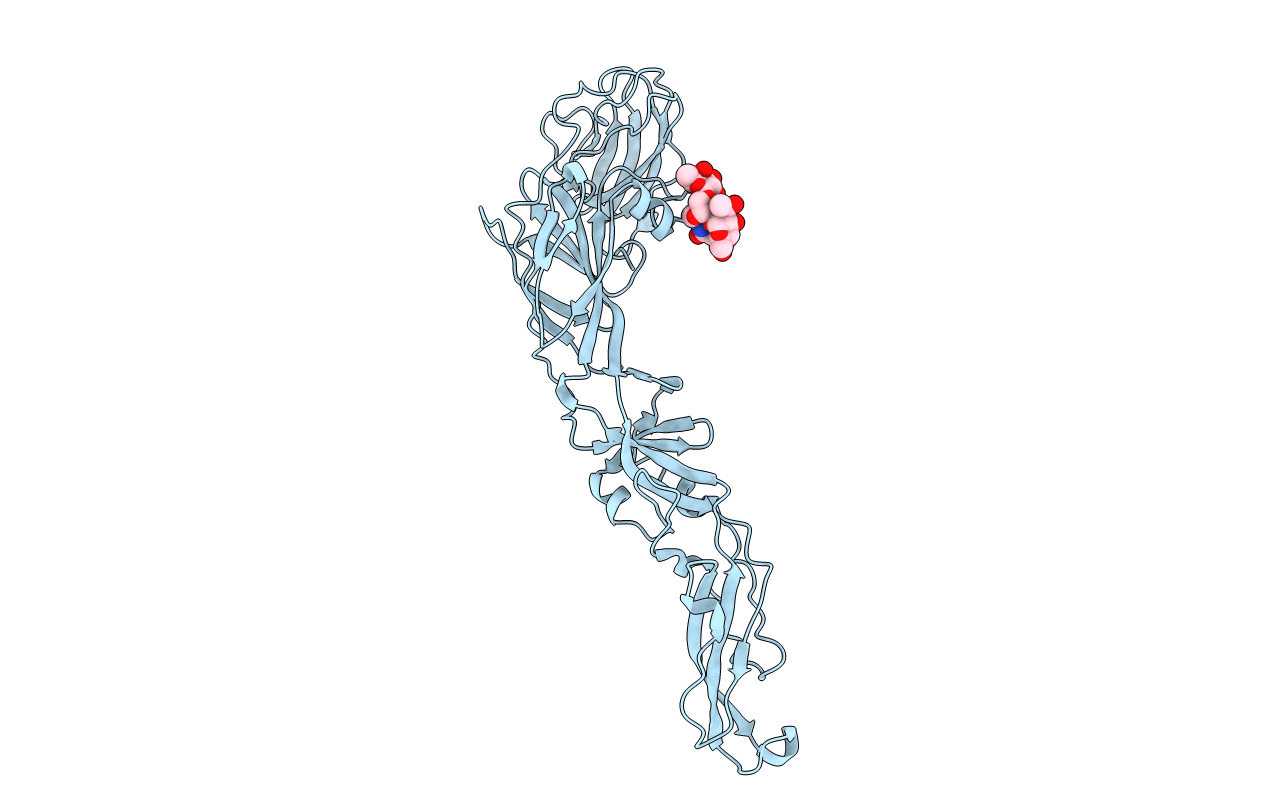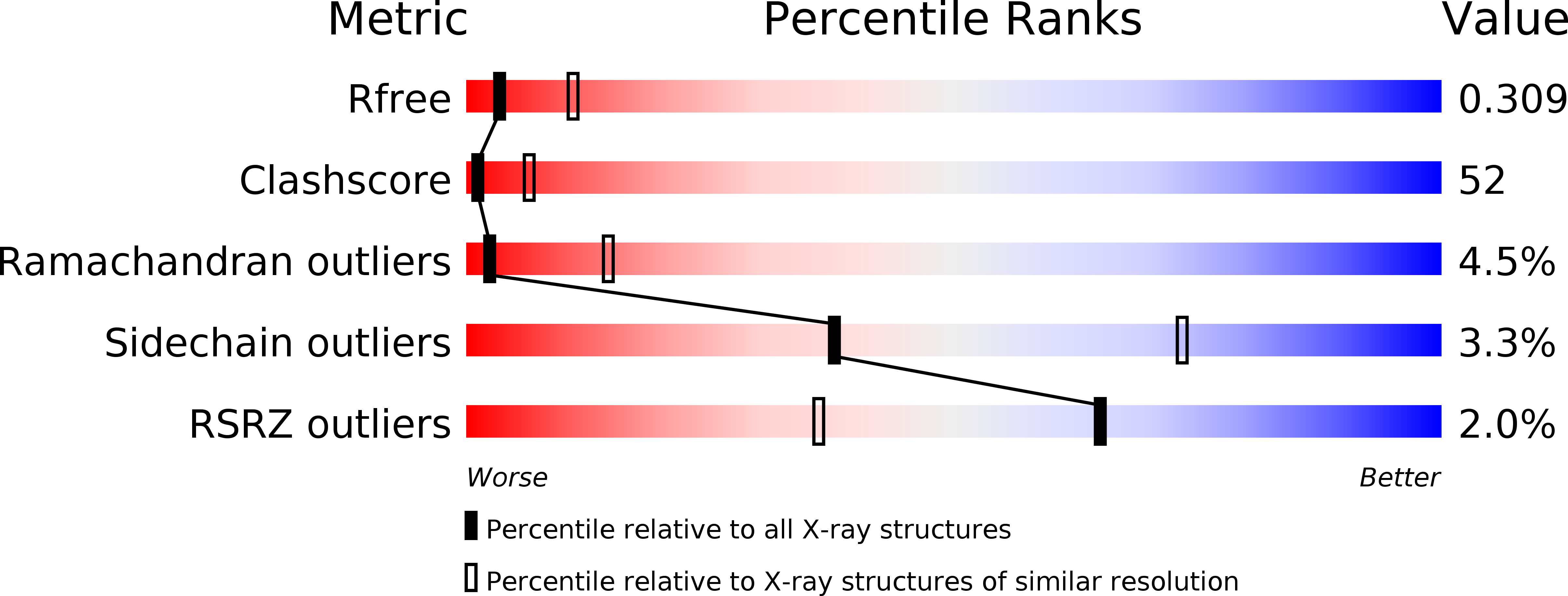
Deposition Date
2006-06-26
Release Date
2006-11-07
Last Version Date
2024-10-30
Method Details:
Experimental Method:
Resolution:
3.00 Å
R-Value Free:
0.30
R-Value Work:
0.26
R-Value Observed:
0.26
Space Group:
P 41 21 2


